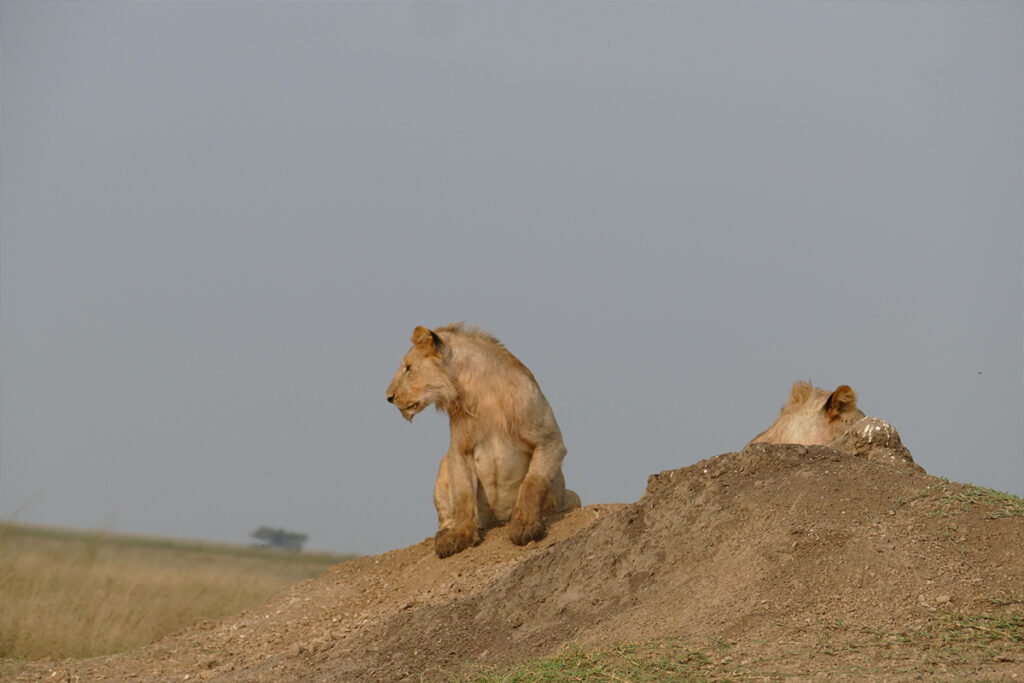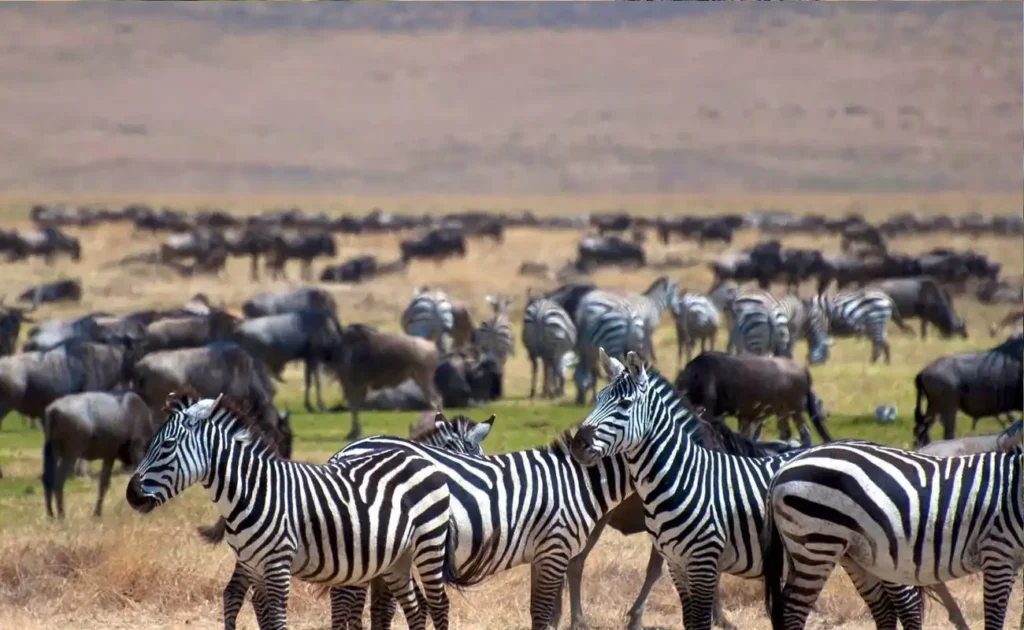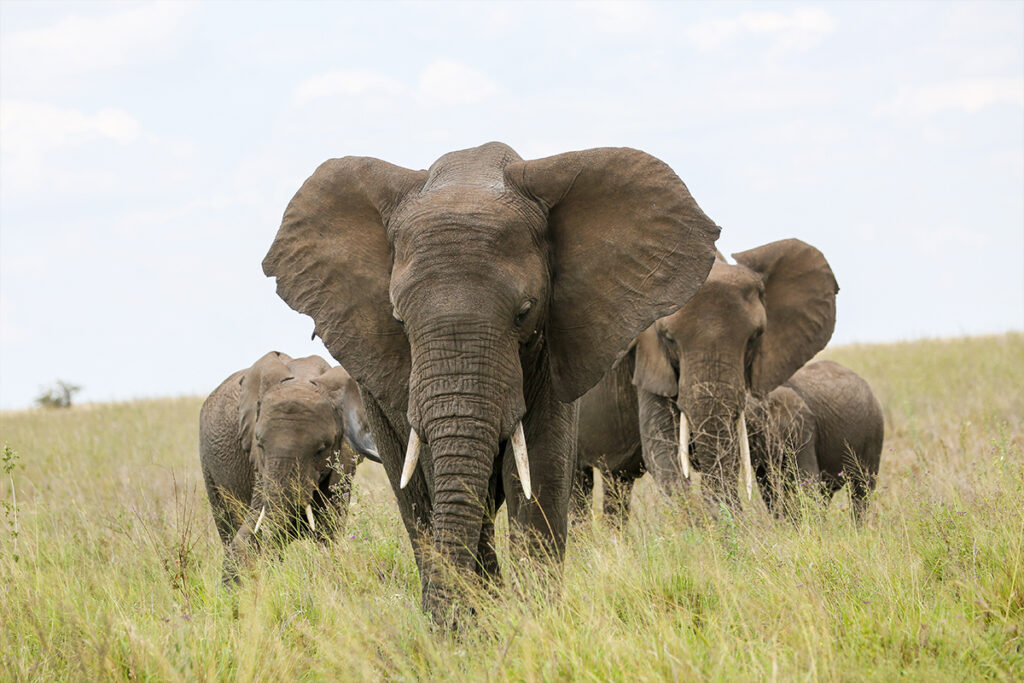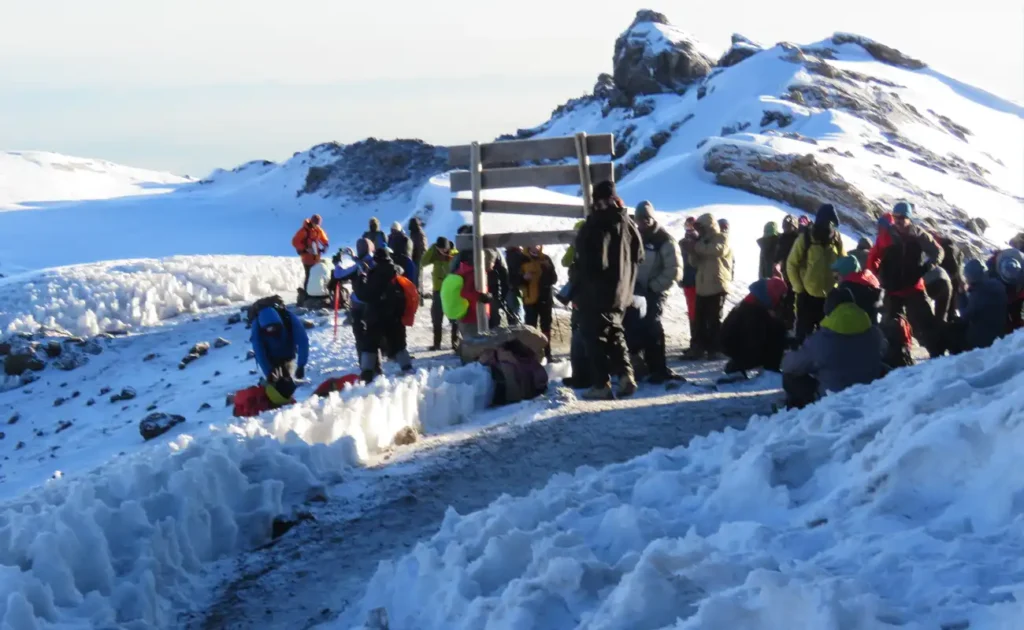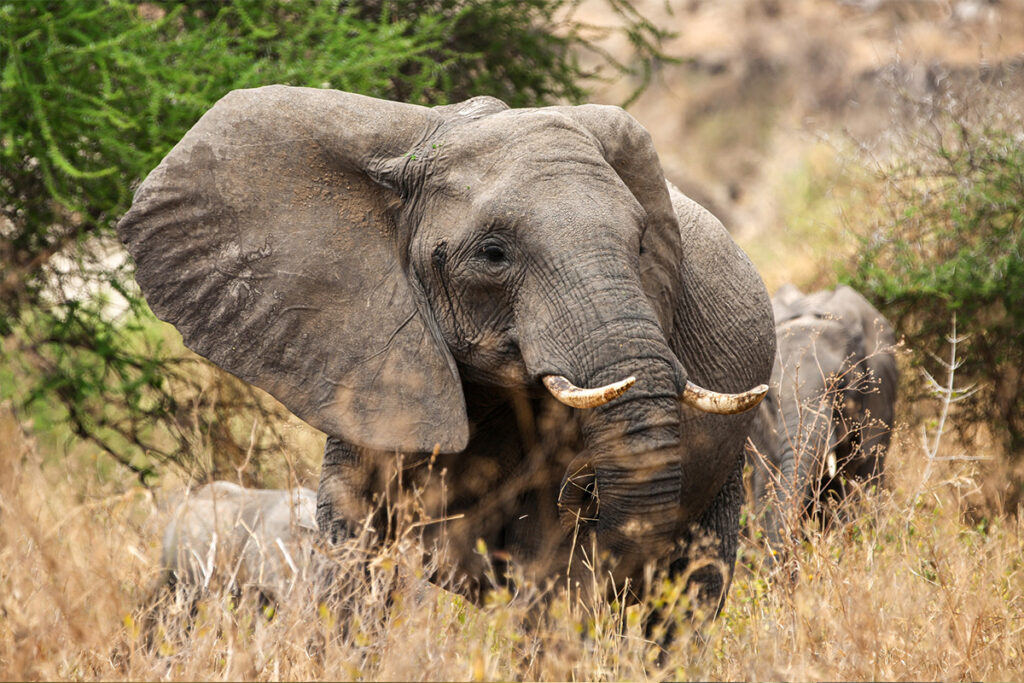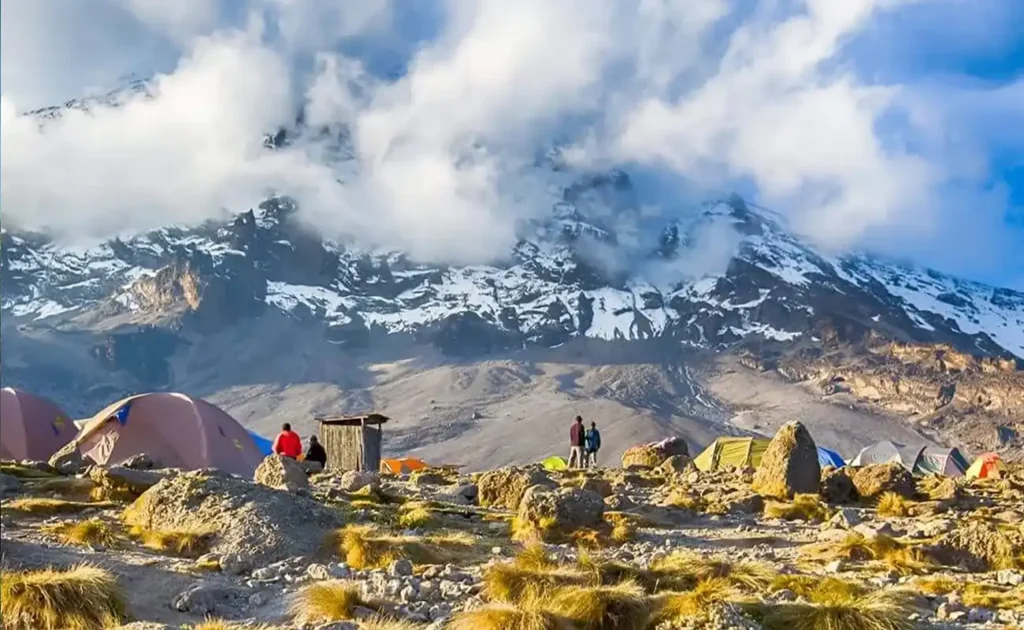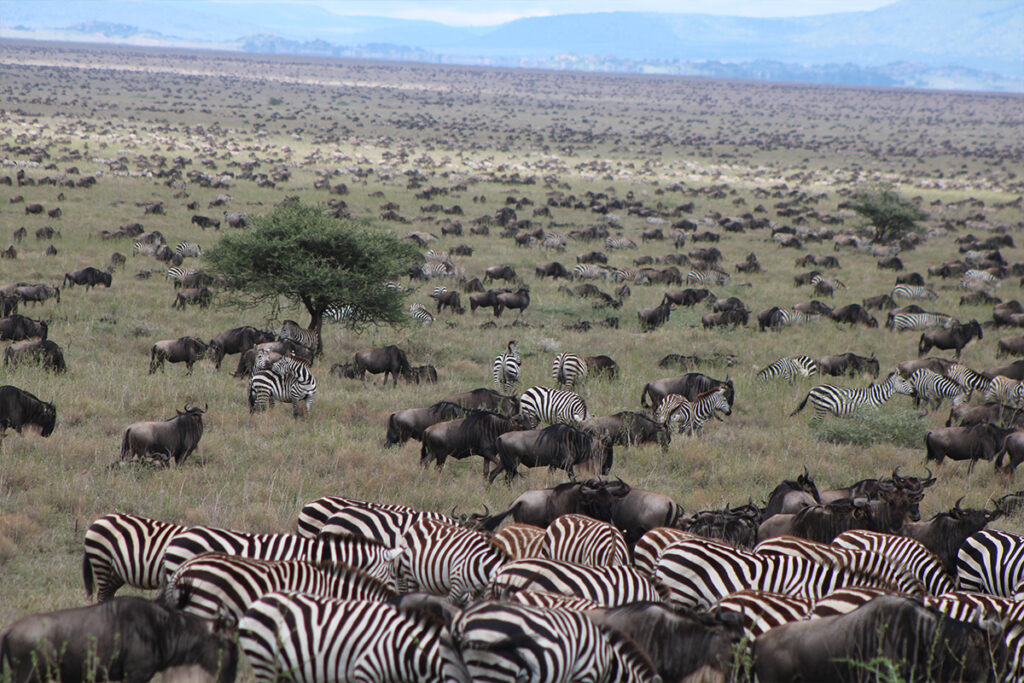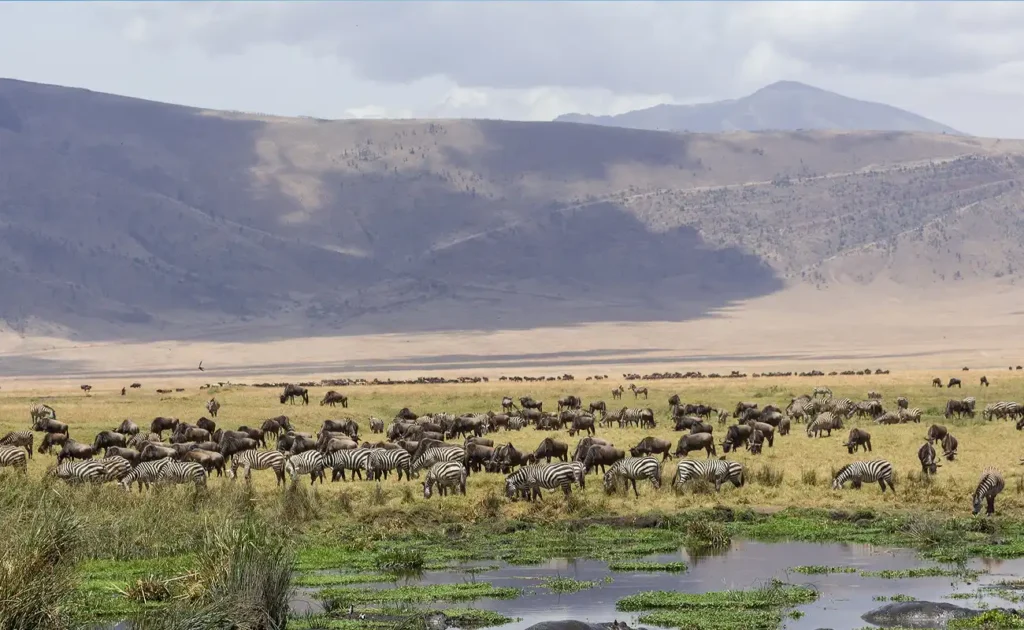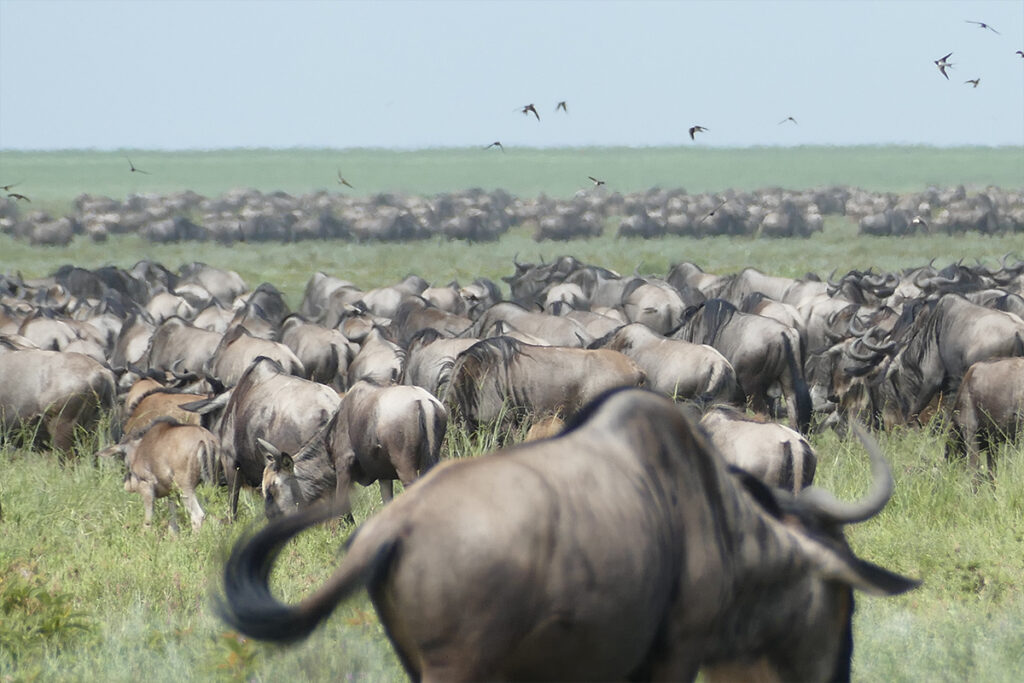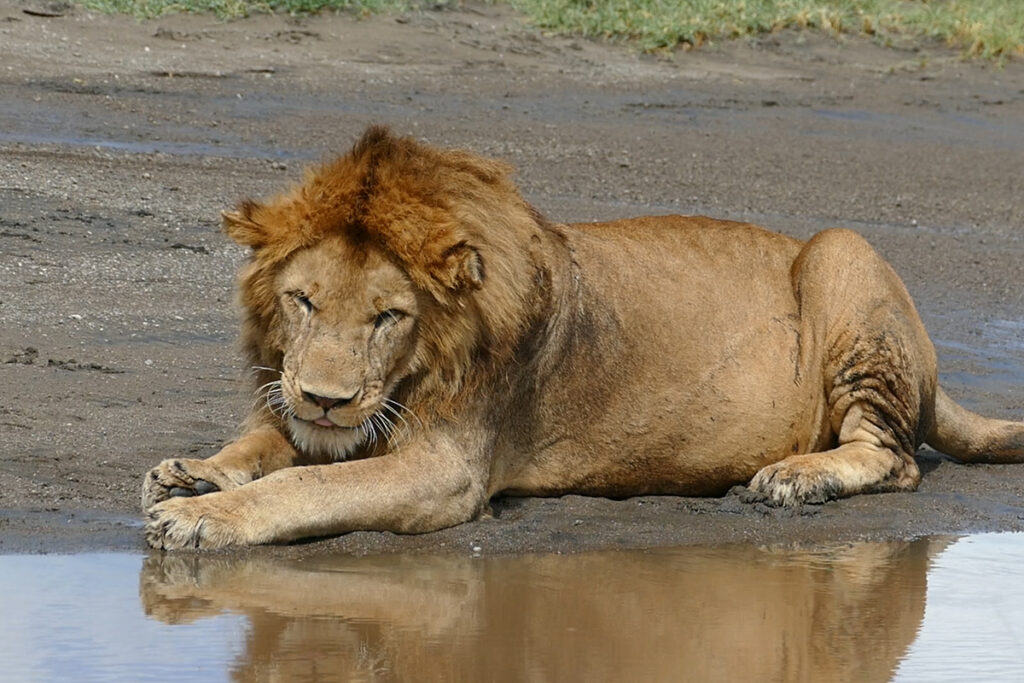4 Days Serengeti Tanzania Safaris
Tour Type: Budget Safari, Joining Groups
Places To Visit: Ngorongoro Crater, Serengeti NP, Tarangire NP
5 Days Perfect Family Tanzania Safari
Tour Type: Mid-Range Safari, Joining Groups
Places To Visit: Ngorongoro Crater, Serengeti NP, Tarangire NP Lake Manyara
3 Days Big 5 Tanzania lodge Safari
Tour Type: Mid-range, Joining Groups
Places To Visit: Ngorongoro Crater, Tarangire NP
7 Days Lemosho Route Kilimanjaro Climbing
Tour Type: Mountain Climbing
Places To Visit: Kilimanjaro National Park
3 Days Tanzania Big 5 Budget Safari
Tour Type: Budget Safari, Joining Groups
Places To Visit: Lake Manyara NP, Ngorongoro Crater, Tarangire NP
6 Days Machame Route Kilimanjaro Climbing
Tour Type: Mountain Climbing
Places To Visit: Kilimanjaro National Park
4 Days Ndutu Migration Safari Calving Season
Tour Type: Mid-Range Safari, Joining Groups
Places To Visit: Ngorongoro Crater, Serengeti NP
3 Days Fly-in Serengeti, Ngorongoro Safari
Tour Type: Luxuy Safari, Joining Groups
Place Visited: Serengeti, Ngorongoro Crater
5 Days Great Migration Fly in from Zanzibar
Tour Type: MId-Range Safari, Joining Groups
Places To Visit: Ngorongoro Crater, Serengeti NP
6 Days Tanzania Vacation Tour Package
Tour Type: Budget Safari, Joining Groups
Places To Visit: Ngorongoro Crater, Serengeti NP, Lake Manyara, Tarangire NP

